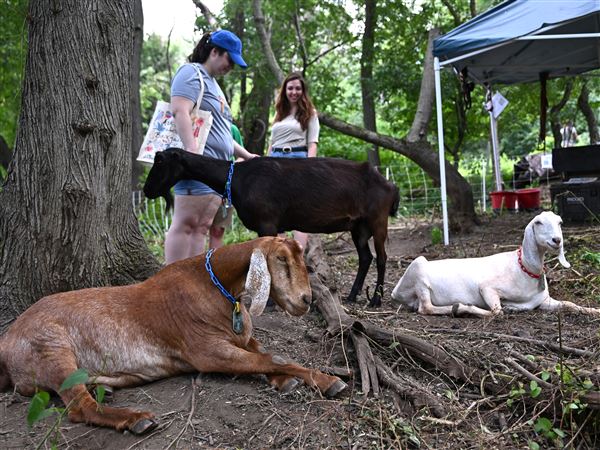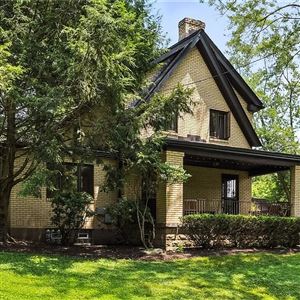It’s time to start thinking about planting a garden. Planting can be overwhelming, but with a few steps, everyone can have a green thumb.
Set the garden up for success by finding out where you live on the PA USDA plant hardiness map. Certain species of plants cannot grow well if the conditions are not adequate. The map is based on the average annual minimum winter temperature, divided into 10-degree Fahrenheit zones.
Next, study the area where you are going to plant your garden. The amount of sunshine and the moisture of the ground will determine what species will flourish. Check the area throughout the day. Instructions on seed packets or from a local nursery will be able to help you choose the best plants for the area.
A popular perennial native to the eastern United States is the purple coneflower. Coneflowers grow best in poor soil and in a full sun area. They need little care and do well for first-time growers. The flowers are large and purple and resemble daisies. They can be used to make an herbal tea — believed to help strengthen the immune system. Planting coneflowers near a garden or other flower beds can draw bees and butterflies, ensuring an abundance of pollinators.
Get the whole family involved in making “seed balls” while you wait for the ground to thaw. Knead clay until it is moldable. Flatten and shape the clay into a disk. In the center, add ½ teaspoon of potting soil and a few coneflower seeds. Roll the clay around the soil/seed mixture. The clay will help to protect the seeds. Allow to dry for a few days. Once dried, they are ready to plant in the garden. The seeds will remain inside the ball until the rain soaks the clay and gives nutrients to the seed.
Coneflowers can be planted in spring to be enjoyed all summer and fall.
First Published: April 2, 2015, 4:00 a.m.














